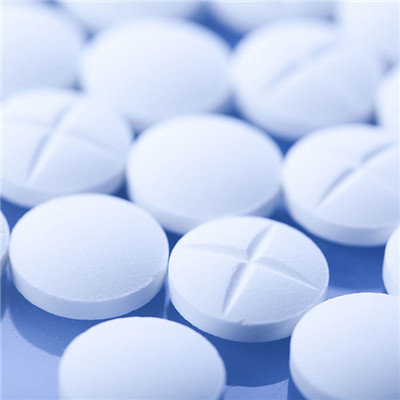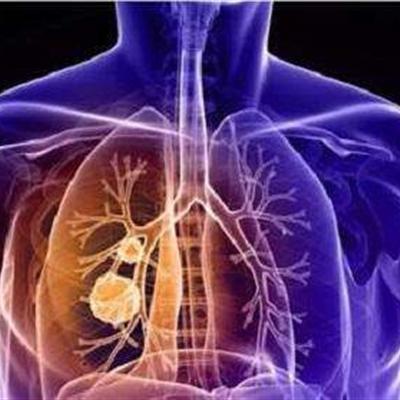Symptoms of SARS
summary
Severe acute respiratory syndrome (SARS), commonly known as SARS, also known as atypical pneumonia. It is a kind of special pneumonia caused by SARS CoV, which has obvious infectivity and can involve multiple organ systems. The World Health Organization (who) named it severe acute respiratory syndrome (SARS).
Symptoms of SARS
The incubation period was 2-10 days. The onset was sudden and fever was the first symptom. Body temperature is often higher than 38 ℃, there may be shivering, cough, less sputum, occasionally bloody sputum, palpitation, shortness of breath, or respiratory distress. May be accompanied by muscle soreness, headache, joint pain, fatigue and diarrhea. Most patients had no upper respiratory tract catarrhal symptoms. Pulmonary signs were not obvious, some patients could hear a little moist rales, or had signs of pulmonary consolidation.

In the early stage of the disease, there were different degrees of flake and patchy ground glass density shadows in the lung, and a few were pulmonary consolidation shadows. Shadow is often multiple or / and bilateral changes, and in the course of the disease showed a trend of progress, some cases of rapid progress, short-term melting into large shadow.

When the lung lesions are in the early stage, the shadow is small or weak, or its position coincides with the heart shadow and / or large vessel shadow, it may be difficult to find on chest X-ray. If the chest X-ray is negative in the early stage, dynamic reexamination is needed in the first to second day. If possible, chest CT examination can be arranged, which is helpful to detect early mild lesions or lesions coincident with cardiac shadow and / or large vessel shadow.

matters needing attention
General treatment and condition monitoring are basically the same as those of non severe patients, but severe patients should also strengthen the monitoring of vital signs, fluid volume, ECG and blood glucose. When the blood glucose is higher than the normal level, insulin can be used to control it in the normal range, which helps to reduce complications.












